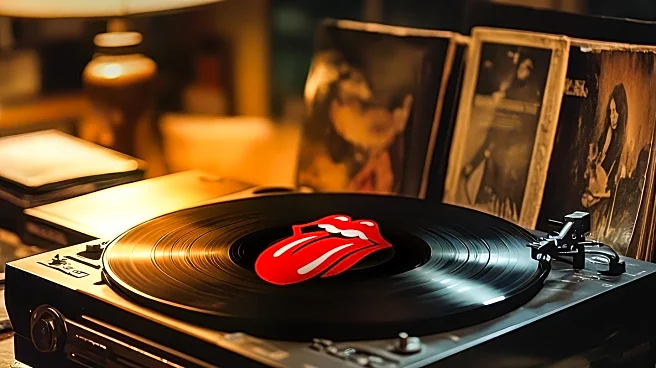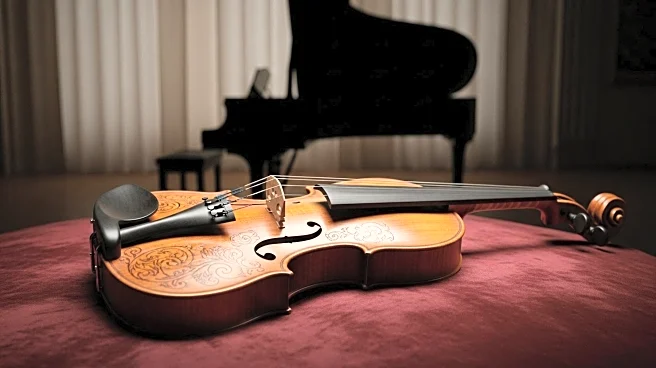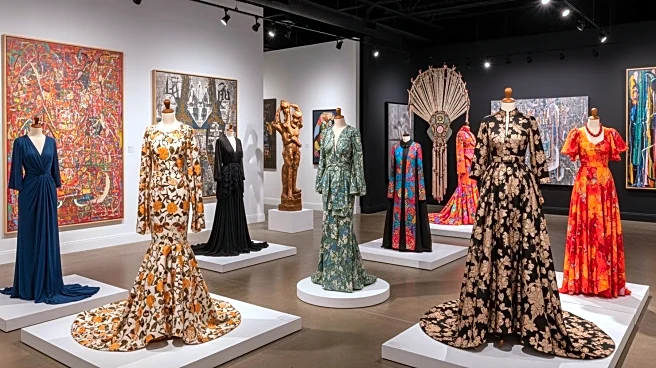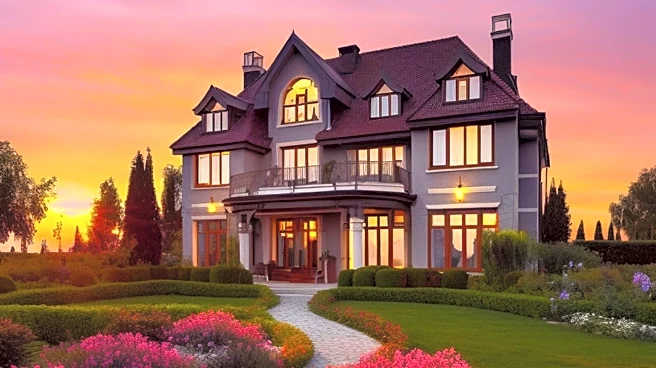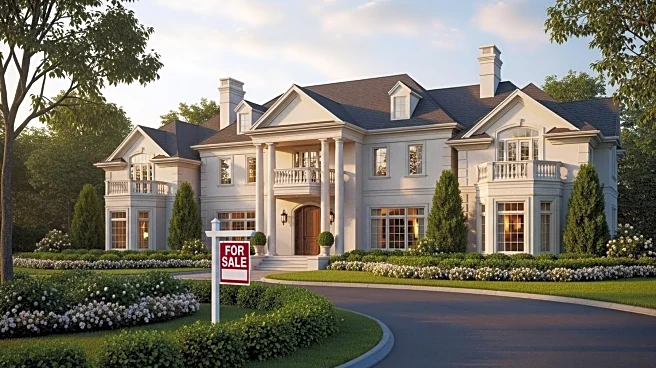What is the story about?
What's Happening?
Mick Jagger's former London home, where he lived during the rise of the Rolling Stones, has been sold for $7.3 million. The subpenthouse apartment, located in Central London, was purchased by a young British Rolling Stones fan in his 30s. The home, which was listed for sale in March, sold in less than 16 weeks. Jagger resided in the apartment during the 1960s, a pivotal time in his career, and hosted numerous parties with bandmate Keith Richards. The residence features classical details such as parquet flooring and French windows, and includes four bedrooms, two reception rooms, a home cinema, and a library.
Why It's Important?
The sale of Jagger's former home underscores the enduring legacy and cultural impact of the Rolling Stones. As a piece of rock 'n' roll history, the property holds significant value for fans and collectors. The transaction reflects the continued interest in celebrity real estate and the premium placed on properties with historical significance. For the buyer, owning a home associated with Jagger represents a unique connection to the iconic musician and the era of the 1960s. This sale may influence the market for celebrity-owned properties, highlighting the appeal of homes with storied pasts.
What's Next?
The new owner plans to use the apartment as a London pied-à-terre, maintaining its historical charm while enjoying its modern amenities. The property's preservation of its Edwardian features suggests it will continue to be a desirable location for those interested in historical architecture. The sale may inspire other fans and collectors to seek out similar properties, potentially driving demand for celebrity real estate.
Beyond the Headlines
The sale of Jagger's former home highlights the cultural fascination with celebrity lifestyles and the desire to own a piece of music history. It raises questions about the value placed on properties with famous pasts and the role of nostalgia in real estate. Long-term, this trend could influence how historical homes are marketed and preserved, emphasizing their cultural significance.
AI Generated Content
Do you find this article useful?
